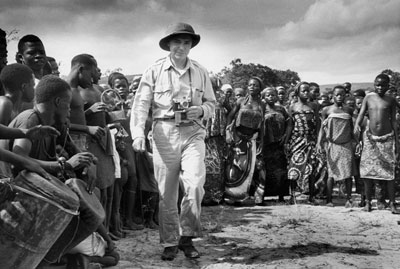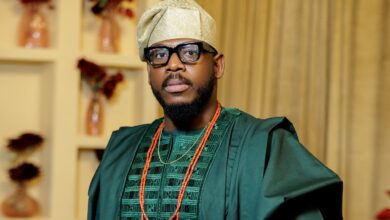Famous Nigeria Photographs

Photography has long been a powerful medium for documenting history, culture, and everyday life in Nigeria. From iconic images that capture pivotal moments in the nation’s history to evocative portraits that celebrate its diverse people, Nigerian photographers have made significant contributions to the visual narrative of the country. Here are some of the most famous photographs that have left a lasting impact on Nigerian society and beyond.
1. Rice Farmers, Kano (1971) by J.D. ‘Okhai Ojeikere
J.D. ‘Okhai Ojeikere is renowned for his captivating black-and-white photographs that celebrate Nigerian hairstyles and culture. His photograph of rice farmers in Kano, captured in 1971, is a poignant portrayal of rural life and agricultural traditions in Northern Nigeria. The image not only showcases the resilience of Nigerian farmers but also highlights the beauty and dignity found in everyday labor.
2. The Enugu Coal Miners (1949) by J.A. Green
J.A. Green’s photograph of coal miners in Enugu, taken in 1949, is a striking depiction of Nigeria’s industrial heritage. The image captures the harsh conditions faced by miners as they work underground, reflecting the economic significance of coal mining in the region during that era. Green’s photograph serves as a powerful reminder of Nigeria’s industrial past and the contributions of its labor force.
3. Independence Day Celebrations (1960) by Eliot Elisofon
Eliot Elisofon, an American photographer, captured the euphoria and optimism of Nigeria’s independence celebrations on October 1, 1960. His photograph, featuring jubilant crowds waving Nigerian flags in Lagos, symbolizes the country’s emergence as a sovereign nation. Elisofon’s images documented this historic moment in Nigeria’s history, marking a new chapter of self-governance and national identity.
4. Children of Agbogbloshie, Lagos (2007) by Andrew Esiebo
Andrew Esiebo’s series of photographs titled “Children of Agbogbloshie” offers a poignant portrayal of the lives of street children in Lagos. One of his most iconic images depicts children playing amidst the backdrop of urban decay and poverty in Agbogbloshie, highlighting the resilience and spirit of Nigerian youth facing adversity. Esiebo’s work brings attention to social issues and challenges facing marginalized communities in Nigeria’s urban centers.
5. The Emir of Kano (1963) by Robert Lebeck
Robert Lebeck’s photograph of the Emir of Kano, taken in 1963, is a striking portrait that captures the dignity and tradition of Nigerian royalty. The image, featuring the Emir adorned in traditional attire, reflects the cultural richness and heritage of Northern Nigeria. Lebeck’s photograph is celebrated for its composition and ability to convey the essence of Nigerian royalty and leadership.
6. Market Day in Onitsha (1982) by James Barnor
James Barnor’s photograph of bustling market activity in Onitsha, taken in 1982, offers a vibrant snapshot of commercial life in Eastern Nigeria. The image captures the energy and diversity of traders and shoppers in Onitsha’s bustling market, showcasing the dynamic economic activity and cultural exchange that characterize Nigeria’s markets. Barnor’s photographs celebrate the vibrancy of Nigerian commerce and community life.
These famous photographs offer glimpses into Nigeria’s history, culture, and societal dynamics through the lens of talented photographers. From documenting moments of independence and cultural traditions to highlighting social issues and everyday life, these images continue to resonate with audiences, both within Nigeria and globally. They serve as visual narratives that preserve and celebrate Nigeria’s rich heritage, offering insights into the country’s past, present, and future through the art of photography.




